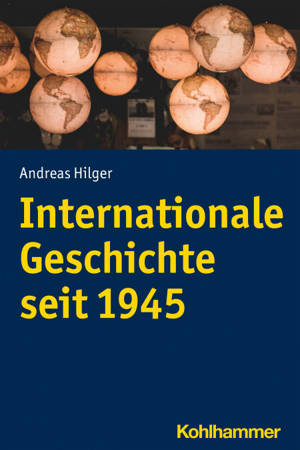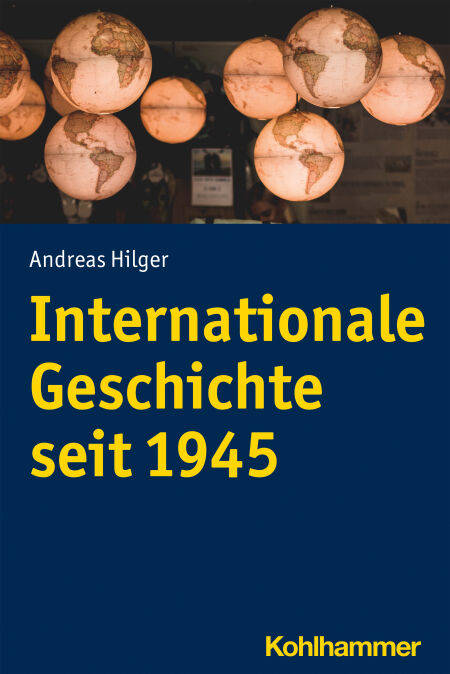
- Afhalen na 1 uur in een winkel met voorraad
- Gratis thuislevering in België vanaf € 30
- Ruim aanbod met 7 miljoen producten
- Afhalen na 1 uur in een winkel met voorraad
- Gratis thuislevering in België vanaf € 30
- Ruim aanbod met 7 miljoen producten
Zoeken
€ 30,99
+ 30 punten
Uitvoering
Omschrijving
International history since 1945 has been characterized by a constant increase in the numbers of major protagonists involved. In addition to governments and international organizations, independence movements, nongovernmental organizations, and multinational corporations, among others, have influenced global events. The diversity of the protagonists involved is matched by a multitude of contradictory narratives of international history. The various images of history are also determined by changes in media culture. For the period from World War II to the mid-2010s, Andreas Hilger provides a concise overview of the essential, often conflict-ridden international developments and the forces behind them. Case studies & of photographic icons and memorial parks, for example & illustrate the contradictory nature of memory and the way in which it is shaped by the media in global society and politics.
Specificaties
Betrokkenen
- Auteur(s):
- Uitgeverij:
Inhoud
- Aantal bladzijden:
- 325
- Taal:
- Duits
Eigenschappen
- Productcode (EAN):
- 9783170327726
- Verschijningsdatum:
- 22/06/2021
- Uitvoering:
- E-book
- Beveiligd met:
- Digital watermarking
- Formaat:

Alleen bij Standaard Boekhandel
+ 30 punten op je klantenkaart van Standaard Boekhandel
Beoordelingen
We publiceren alleen reviews die voldoen aan de voorwaarden voor reviews. Bekijk onze voorwaarden voor reviews.











